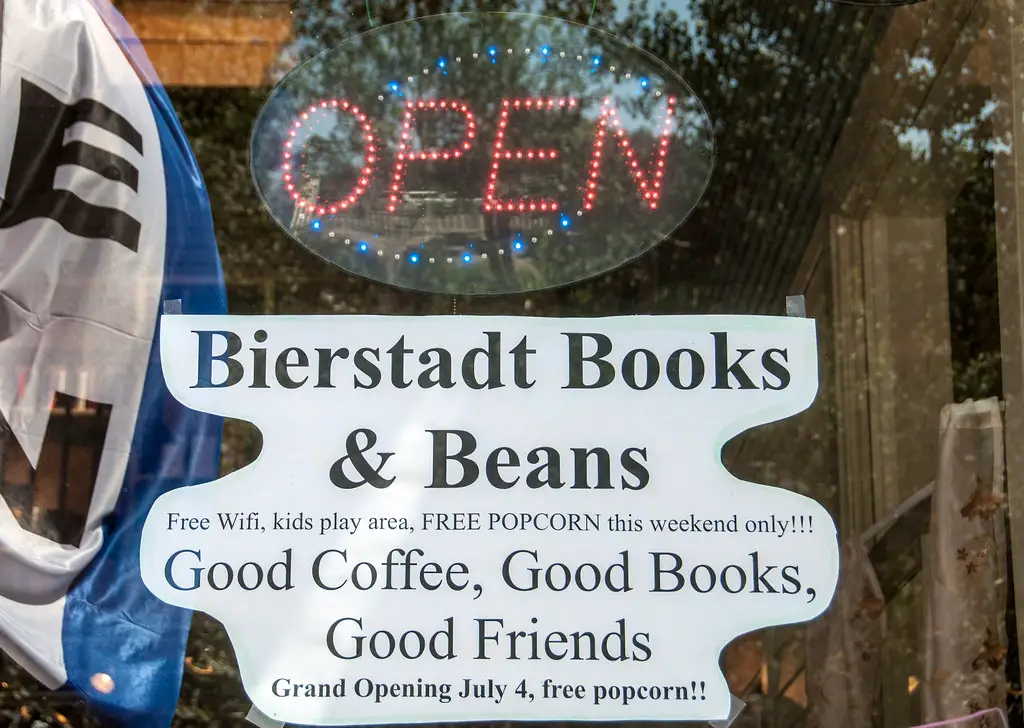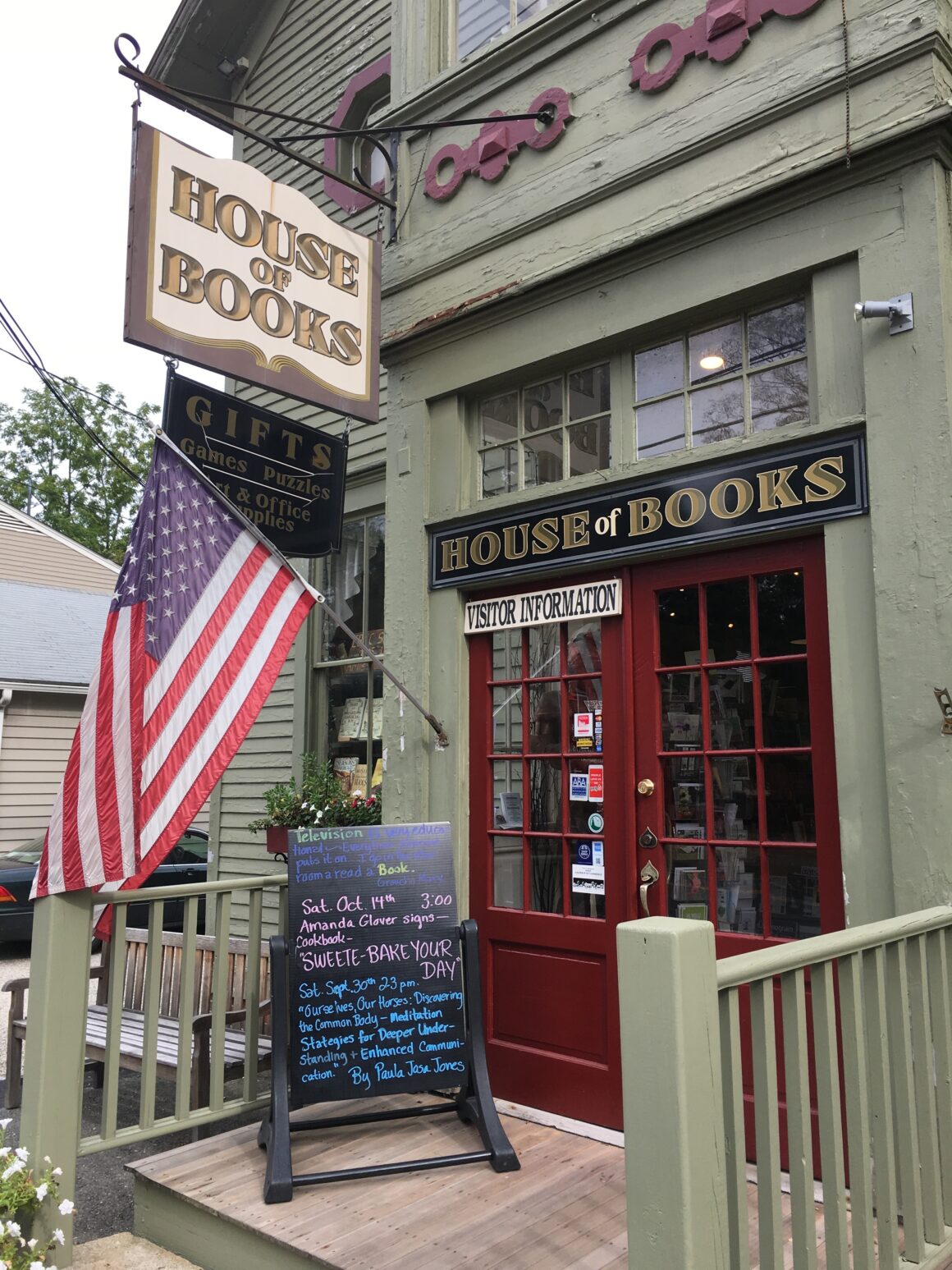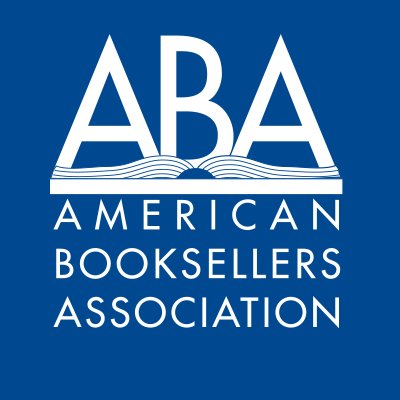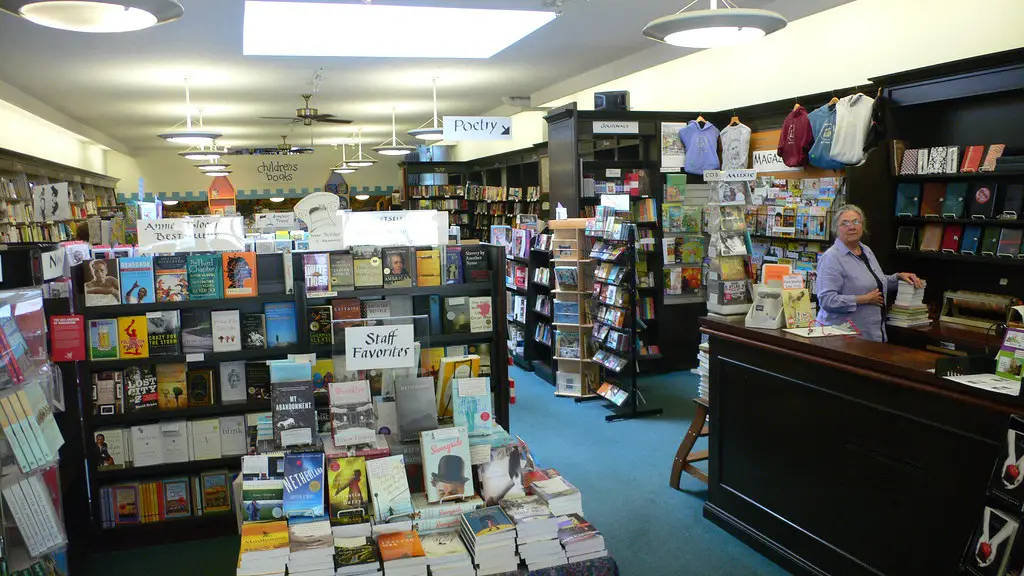“Independent bookstores provide a story of hope for community-led businesses” – Ryan L. Raffaelli.
In 1995, when Amazon appeared on the bookselling scene, analysts predicted that it was the doom of the independent bookselling industry.
Indeed, there was a significant decline in the number of Independent bookstores across the USA. With Amazon offering a seemingly unlimited inventory at much lower prices than brick-and-mortar stores, within five years the number of independent bookstores had dropped by 43%.
Then Amazon launched the Kindle, Barnes & Noble launched the Nook eReader, and analysts thought that print books would disappear. They warned of a “retail apocalypse.”
A Story of Survival
But from 2009 to 2018, it became apparent that the independent bookseller industry was much more resilient than anyone expected. In 2010, the American Booksellers Association’s membership began to rise, and at the end of 2018, they reported a 49% growth in the number of indie booksellers.

Of course, the number of stores is not the key indicator of industry health; rather, it is margins, profitability, and turnover. But the number of bookstores is the beginning of a new movement that defied expectations.
How and why did this resurgence happen?
Ryan L. Raffaelli, faculty professor at Harvard’s Weatherhead Center for International Affairs, spent years researching this phenomenon. Finally, in 2020, he published his report Reinventing Retail: The novel resurgence of independent bookstores.
He conducted research by performing bookstore observation (that is, spending time in the stores) and attending industry conferences. He ran interviews and focus groups with bookstore owners, publishers, and prominent authors. He did analysis of newspaper and trade publication articles on independent bookselling, and he attended a training course on how to open an independent bookstore. In other words, he took a very broad approach.
The 3 Cs of the Thriving Indie Bookselling Industry
The condensed results of Raffaelli’s study reveals the 3 Cs that contributed to this phenomenon:

COMMUNITY: Indie bookshop owners promoted the idea of consumers supporting their local communities by shopping at local businesses. This way, they won back customers from Amazon and other “big box” retailers. It was a call to people to build a strong connection to community values.
CURATION: Indie bookshop owners began to focus on curating inventory with the purpose of providing a personal customer experience. They weren’t just recommending bestsellers. Instead, they developed personal relationships with customers, got to know them, and helped them discover emerging authors and unexpected titles.
CONVENING: Indie booksellers started promoting their stores as intellectual centers for gathering customers together who had common interests. Now, some bookstores host over 500 events each year.
And the American Booksellers Association (ABA) played an important role in gathering and disseminating best practices and data, reinforcing the indie bookselling sector’s core values, facilitating external partnerships with economies of scale, and advocating on behalf of its members.
What Changed in the Indie Bookselling Business?
Community
- Bookshops build community by promoting core values and topics to consumers in their own neighbourhood.
- Booksellers educate consumers on why shopping local is worth the higher price it often requires.
- Consumers shopping at independent bookstores are reinforcing a set of beliefs about themselves and their ability to contribute to the economic welfare of their own local community.
- Building community includes leveraging online space by bookshops; #bookstagram, for example, has 81.1 million posts on Instagram.
Curation
- Consumers become overwhelmed when presented with too many options (such as unlimited online inventory) and they DO seek guidance on how to narrow their choices.
- “Handselling” by indie bookstores involves asking a series of questions about the consumer’s recent reading habits, then handing them the “perfect” book (often an unexpected hidden gem, not a bestseller). Indie bookstores accomplish this by employing staff members who are keen readers with a deep knowledge and passion for books.
- Booksellers reframe themselves by serving as a “matchmaker.”

- “Shelftalkers” are a great new innovation, but so simple: small pieces of notecards hanging over shelves with handwritten notes from bookstore staff about why they love that book. These are reinforcing the personal connection between seller and buyer.
- Sidelines (products other than books) can help to increase narrow profit margins. However, bookstores are aware that they can appear as just another gift store if they overstock on products other than books. So, these products are carefully curated.
Convening
- Booksellers gather the community at their physical locations by hosting author talks, children’s story time, birthday parties, young adult book launches, book readings, cooking demonstrations, coffee brewing, arts and crafts, board games, storytelling events (often with books sold as part of a fee for admission), and more.
- Bookstores can capitalize on their physical presence in the community by reframing themselves as intellectual centers.
- The bookshop experience becomes not only buying a book but having conversations with other people who are interested in similar ideas.
- Co-hosting with local schools, Chambers of Commerce, etc. lends more credibility to their role as a valued partner in the community.
The Role of the American Booksellers Association (ABA)

- The ABA assumes some of the risk in negotiating partnerships with other businesses or organizations, for example by taking on legal issues, partnering with eBook and audiobook entities, or with web platform companies to provide templates for indie booksellers.
- Conferences allow booksellers to learn from each other. They can share best practices, reaffirm core values, and discuss industry trends.
- Independent retail can be lonely and stressful, so this community-building is very valuable.
The New Paradigm of Indie Bookselling
In a way, what bookstores are really competing for is people’s time. Hosting high-quality events is part of this.
It has become apparent that they are not competing with eBooks: demand for the printed book has only ever risen.

Booksellers have risen to the challenge put to them by Amazon and other big box companies. Here are some great quotes from indie bookshop owners in Raffaelli’s report:
I recognize that we’re not really in the same business as Amazon. You can buy a book anywhere, but you can’t buy community.
We basically took our relationship to the community and redefined what the bookstore is. It is about the community which surrounds the bookstore and those interactions between author and reader, and readers and booksellers, and readers with each other.
The real pleasure in bookselling comes in pairing the right book with the right person.
If we see our products as books and what we compete on price, we lose. If we see our product as an experience, of which books are one piece, then we can compete.
Raffaelli’s key recommendations
- Communicate the value of community and encourage customers to participate in a broader movement to shop locally.
- Compete primarily on experience and quality, not price and inventory.
- Establish the bookstore as a gathering place by offering events that consumers view as unique experiences. Events should cater to local tastes and the specific interests of the community.
- Contribute to (and utilize) industry data on emerging independent retail trends.
- Share leading practices with other independent retailers (e.g. through industry/small business associations, local Chambers of Commerce/Institute, etc.).
“Indie bookstores symbolize the power of community as a source of competitive advantage,” said Rafaelli in conclusion when he presented the results of this research to the Winter Institute in 2020.
What other advice would you give, from your experiences?
